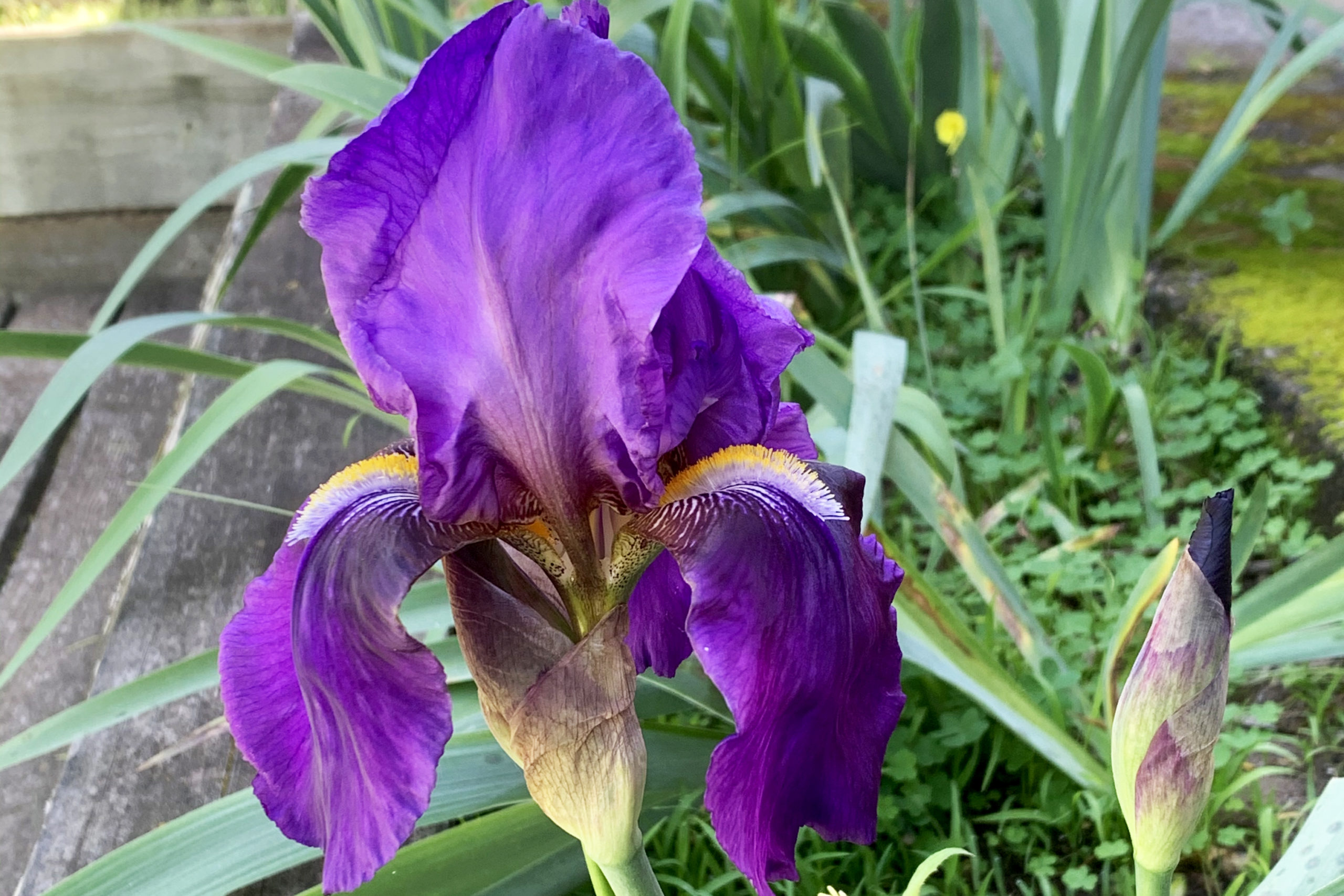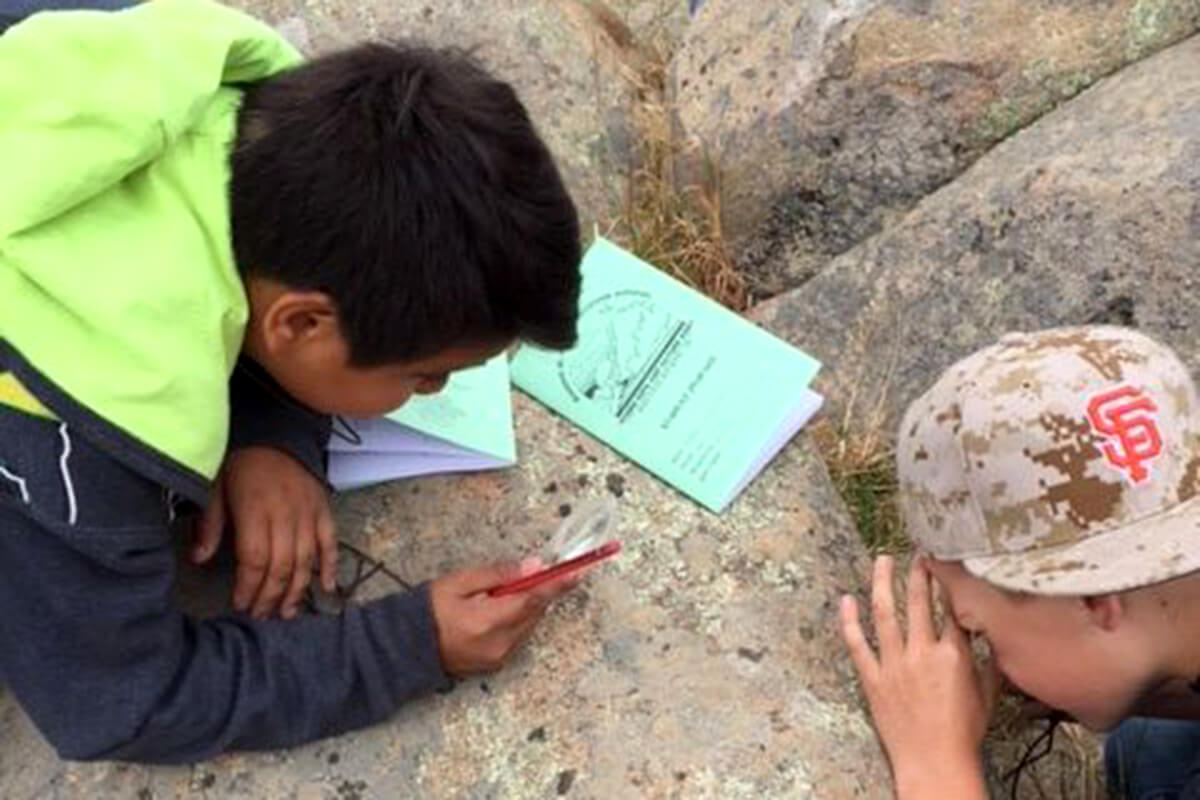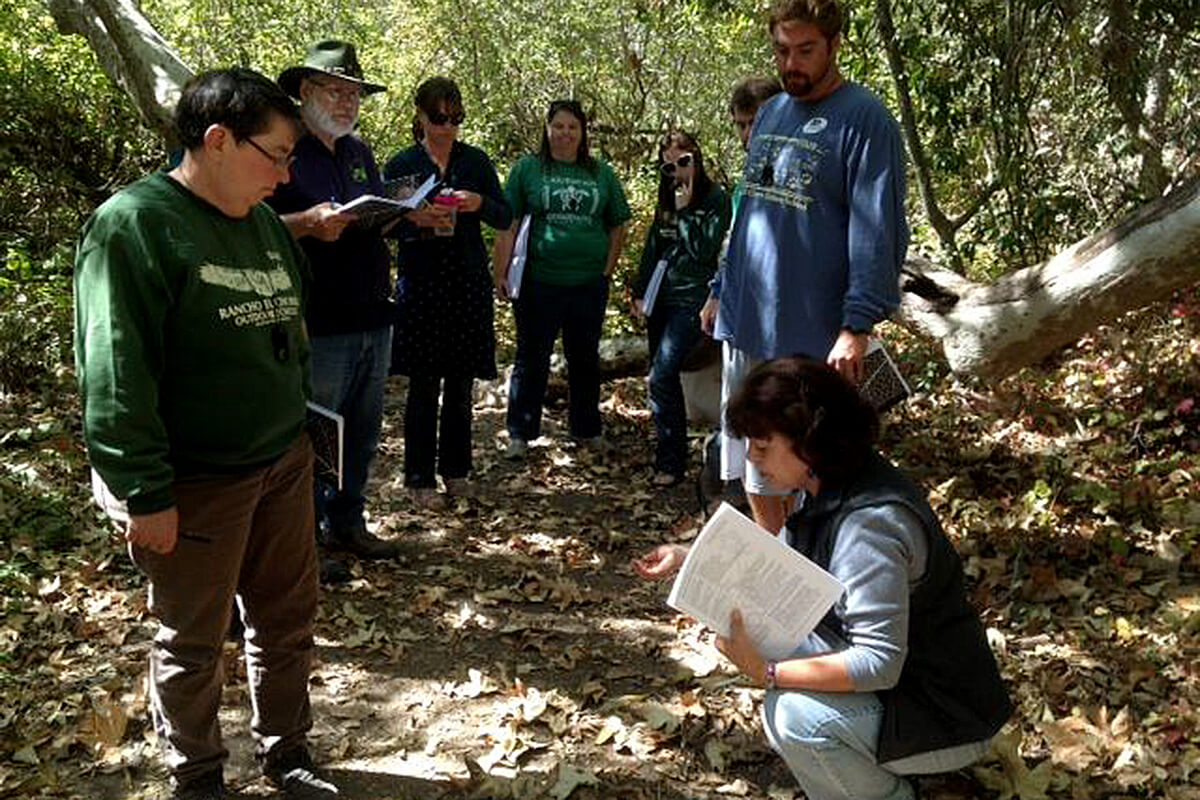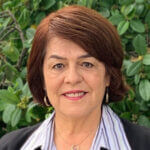A few months ago, I was speaking to my friend Julian Agyeman from Tufts University. I mentioned to him that I was newly retired from my full-time job but that I was still active in numerous environmental literacy initiatives related to centering equity. Julian kindly stated that I was not retired but repurposed. Yes, indeed! And as a retiree, I can choose how I spend that repurposed time. I choose to serve as the interim director of equity and inclusion at Ten Strands and to support the California Environmental Literacy Initiative (CAELI).
Why is this work important to me? What events occurred in my life and career that contributed to my interest in centering equity as we strive to build environmental literacy in California students? Who are the people I met along the way that influenced me? As I reflect on these questions, I realize the answers lie in my lifelong journey. Travel with me as I share my journey to centering equity in environmental education.
Growing up in a small agricultural community in the San Joaquin Valley, I was fortunate to spend a great deal of time at my abuela’s house. I can still smell the yerba buena plants growing in her garden. “Ama,” as we referred to my abuela, always brewed yerba buena for our tummy aches, as is customary in the Mexican culture. That cup of tea seemed to cure everything! This simple, loving gesture by my abuela opened my eyes to the healing nature of plants and their fragrances. It also led to my fascination with the soil they grew in. There were worms, bugs, and bees to discover in the soil (or dirt to my young self). You might say I was a dirt child, and thank goodness for good laundry detergent. I also loved the smell of the flowers Ama tended in her garden, especially the irises. The fragrance of a freshly bloomed iris flower is a gift to my olfactory sense. Irises became our family flower, and every year I look forward to the irises blooming in my own backyard so I can capture that glorious fragrance once more.

Ama’s garden was my outdoor play space and exploration zone for the first 10 years of my life. It was there that I learned about the wonders of nature. This gift of loving plants and nature and being in the outdoors stayed with me through my junior high, high school, and college years as I explored the world around me. At the time, I didn’t realize that it would become my career. I have Ama to thank for this special gift. For many children, the connection to the natural environment often begins with simple gestures from a caring adult such as my abuela. These gestures include activities such as gardening, looking at birds or bugs, climbing trees, swimming, or walking along a trail. When children are given the opportunity to play outdoors and explore, their sense of discovery and wonder leads to a love of learning about nature and the world around them. But not all children have such opportunities.
I entered the environmental education profession in the early ’80s. While in graduate school, I was hired by the San Francisco Zoo as a raptor research intern. We conducted research about birds of prey, cared for them, and gave presentations to zoo visitors in collaboration with the zoo’s docent program. It was there that I became hooked on teaching students and their families about animals and how to care for their habitats. I learned a lot from the zookeepers and the docents about education.
In 1989, I became the director of environmental and outdoor education at the Rancho El Chorro Outdoor School in San Luis Obispo. It was there that I had the chance to offer students an opportunity to connect with nature and experience the outdoors. However, I recognized early on that there were great inequities regarding which students had access to outdoor school programming. Since most outdoor schools are fee-based programs, students from communities of color had far fewer opportunities than others. I made a commitment to change this narrative. I focused on recruiting schools from predominantly Latino communities along the Central Coast, and I worked with administrators, parents, and community members to support their students’ participation in outdoor school financially and academically. I met with some success, but I needed more tools and support for significant change to occur.

I sought partners to work with and projects to work on to gain more experience and expertise in centering equity in my work. Along the way, I met many like-minded educators. I am grateful to them for their commitment to serve students of color and for addressing equity, social, and environmental justice as we’ve strived to build environmental literacy in our students. Here are a few examples of the projects and programs that contributed to my journey.
The California Outdoor School Association was my first entry into a professional organization. This statewide group of administrators who direct residential outdoor schools is committed to providing outdoor experiences to fourth- through seventh-grade students. I credit much of what I learned about environmental education to this group of colleagues, who shared so much with me for over 30 years. During this time, I served as the statewide director of the California Regional Environmental Education Community Network, or the CREEC Network. Centering equity was always important as we built local and regional partnerships between school districts, businesses, government agencies, and community-based organizations that supported environmental education.
In 2012 I co-coordinated the California EECapacity Project with Rue Mapp, founder of Outdoor Afro. The EECapacity Project, led by Cornell University in partnership with the Environmental Protection Agency, helped build on decades of effective practices and excellence in environmental education and worked to strengthen, grow, and diversify the field and promote its value and impact. Also in 2012 I served as the conference chairperson for the NAAEE Conference held in Oakland, California. The NAAEE conference team was successful in bringing in compelling, experienced speakers, each of whom was a powerful force for social and environmental change.
Currently, I am honored to serve as a BEETLES Project advisory board member. Many environmental educators are familiar with the UC Berkeley Lawrence Hall of Science’s BEETLES Project, having participated in one of their weeklong Institutes or having used the excellent resources they produce and make available online. I especially applaud the BEETLES team for inspiring the shift toward addressing equity and inclusion in environmental and outdoor education. I am also honored to serve on Youth Outside’s board of directors. Youth Outside advances racial justice and equity in the outdoor and environmental movement. I am continuously learning about equity, inclusion, and cultural relevance from the staff at Youth Outside.

This leads my journey back to Ten Strands and CAELI. Contributing to the Blueprint for Environmental Literacy back in 2014 and serving as a CAELI member since then, my commitment to centering equity in environmental literacy initiative work deepened. I appreciate and respect the commitment of CAELI members and Ten Strands staff toward centering equity in the environmental literacy initiatives we support.
This journey has been possible because I have an incredibly supportive family. My husband Jim and children Alisa and Dylan have accompanied me on this journey and I am forever grateful for their love and sense of adventure. I was blessed with caring parents, six amazing siblings, and a large Mexican family that celebrates our culture and the joys of life. In both prosperous and challenging times, I rely on their love and support and wish the same for others.
The events of 2020 certainly illuminated the social and environmental issues and needs in our communities. Let’s work toward the day when every child has the opportunity to smell the flowers in a garden, discover bugs in the soil, and experience the wonders of the natural world. To achieve the goal of environmental literacy, we must address environmental injustices and serve those in greatest need. Our kids, our communities, and our planet deserve our best effort.
Who knows—one of those students may embark on a journey similar to mine and join our esteemed profession as an environmental educator. I will continue my journey to centering equity to build environmental literacy. Will you be my traveling companion?


8 Responses
Great article! Wonderful to hear a bit more about your journey, Celeste. But now I want to hear more!
Wow, Celeste – what a great journey! Thank you for sharing it. You have done so much for outdoor environmental education in the state – thank you.
I think you can add “storyteller” to your list of achievements in the outdoor education field. Thanks for sharing your story.
Thank you so much for sharing. Great article. I like the repurpose comment at the top but miss the COSA full time Celeste and your input . SCICON loves you.
What an amazing life journey Celeste! Your contributions to so many students and professionals in the environmental education field will long be remembered! It’s been my priveldge to work with you over the last 30 years!
It was my pleasure to be able to work with you and learn from you during our 20+ years together at Rancho El Chorro Outdoor School. I’ll always admire your dedication to the importance of environmental education for all. It’s good to know that even in “retirement” your advocacy journey continues. Enjoy your travels!
Such a beautiful piece and such a powerful reminder of those early critical steps that lead to a life-long journey.
Thank you for sharing your journey Celeste. I love how it starts with a loving family member and grows into statewide impact. We are so grateful for your leadership in the movement.